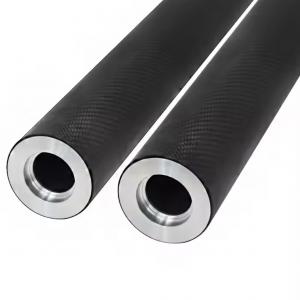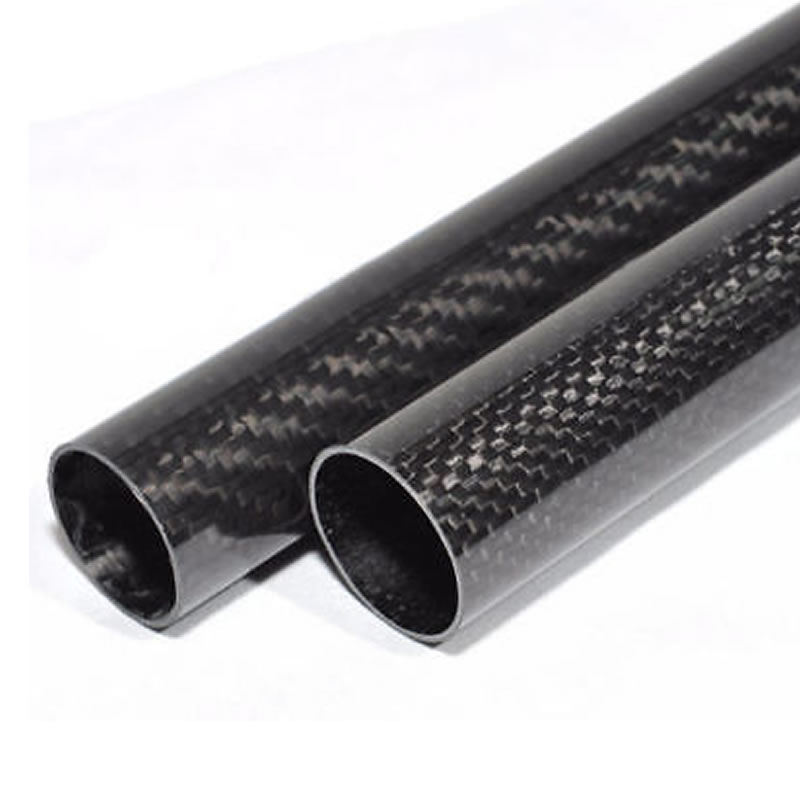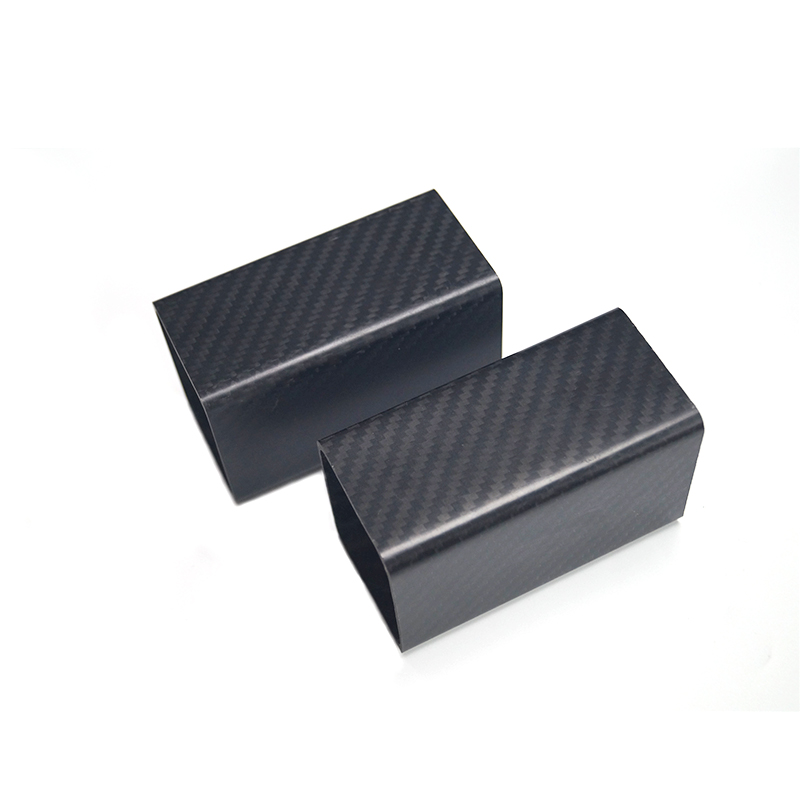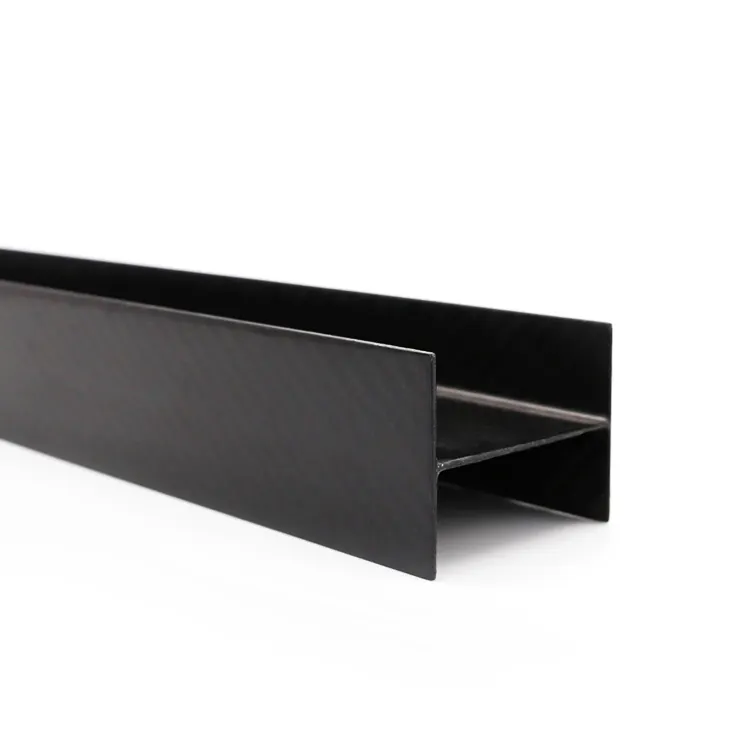The UK National Composites Centre develops ultra high speed composite deposition systems
The UK's National Composites Centre develops ultra-high-speed composite deposition systems
Source: Global Aviation Information 2023-02-08 09:47:24
The UK's National Composites Centre (NCC), in collaboration with Loop Technology of the UK, Coriolis of France, and Gudel of Switzerland, has designed and developed the Ultra-high Speed Composite Deposition System (UHRCD), which aims to significantly increase the deposition volume of composite materials during manufacturing. To meet the requirements of the next generation of large composite structures. The ultra-high speed composite deposition unit is funded by the Institute of Aerospace Technology (ATI) as part of the £36m Capability Acquisition Programme (iCAP).
Increasing the amount of carbon fiber deposited is crucial for speeding up the manufacturing of large structures, from aircraft wings to turbine blades. In development trials, the automated deposition system is expected to deliver dry fiber deposition rates in excess of 350 kg/h, exceeding the program's original goal of 200 kg/h. In contrast, the current aerospace industry standard for large-structure automatic fiber placement is around 50 kg/h. With five different heads, the system can cut, lift and place dry fiber materials in an integrated manner according to the design requirements, providing options for responding to the demands of different shapes and scenarios.
Initial development trials of the capability of an ultra-high speed composite deposition system have been conducted as part of Airbus's Wings of Tomorrow program. NCC recently completed the third Wings of Tomorrow upper surface layer with all automated layers deposited from the optimized deposition head. Before starting the third Wing of Tomorrow surface deposition, the project team conducted a series of development trials aimed at improving the positioning accuracy and deposition rate of non-crimped fabric (NCF) materials. As part of Wings of Tomorrow, experiments were also carried out to increase the speed, with remarkable results. The deposition rate can be increased from 0.05m/s to 0.5m/s without adverse effects on mass and position accuracy. This milestone marks a giant leap forward in composite manufacturing and will be an important part of achieving planned productivity for future aircraft.




















